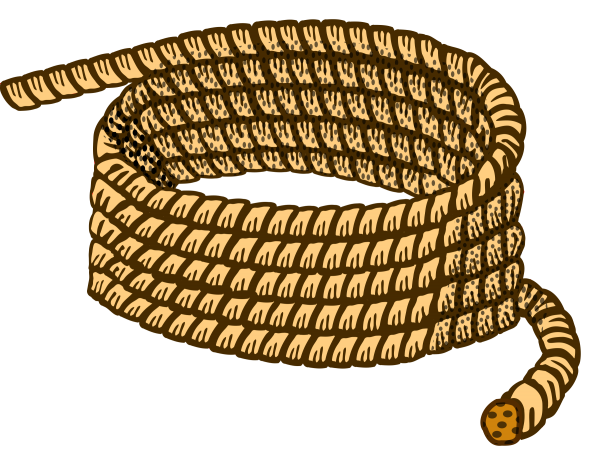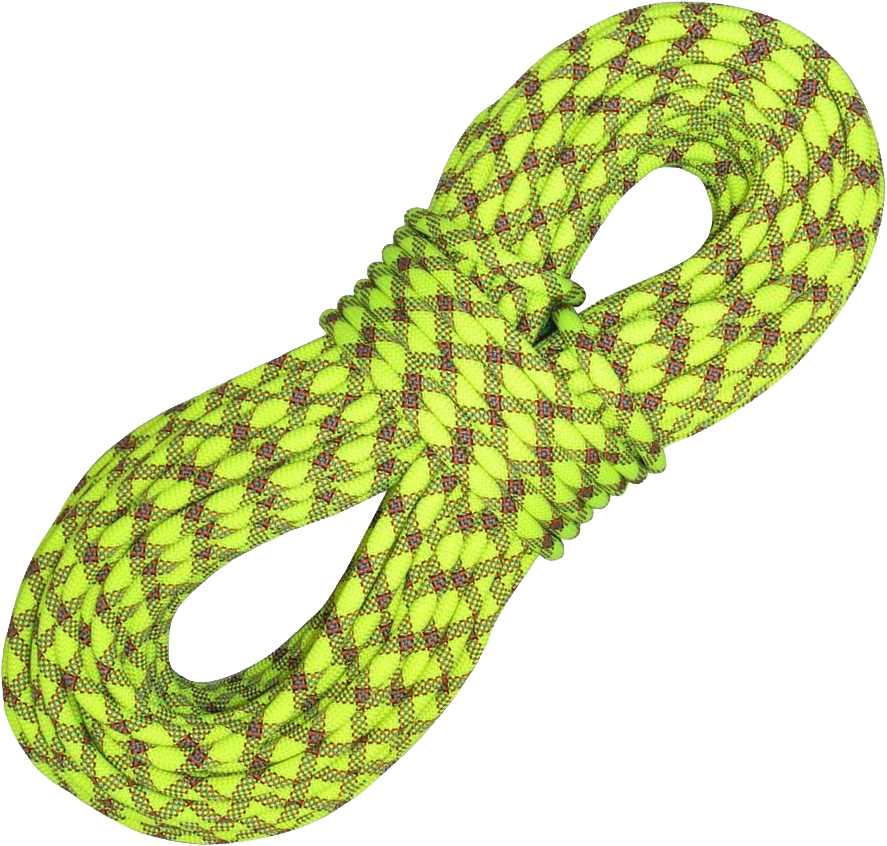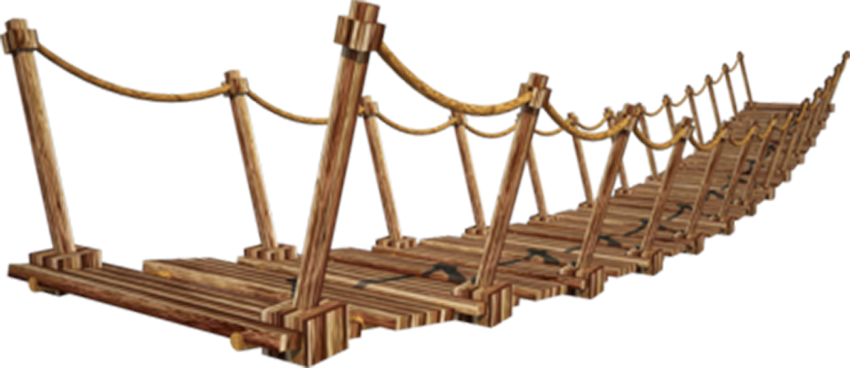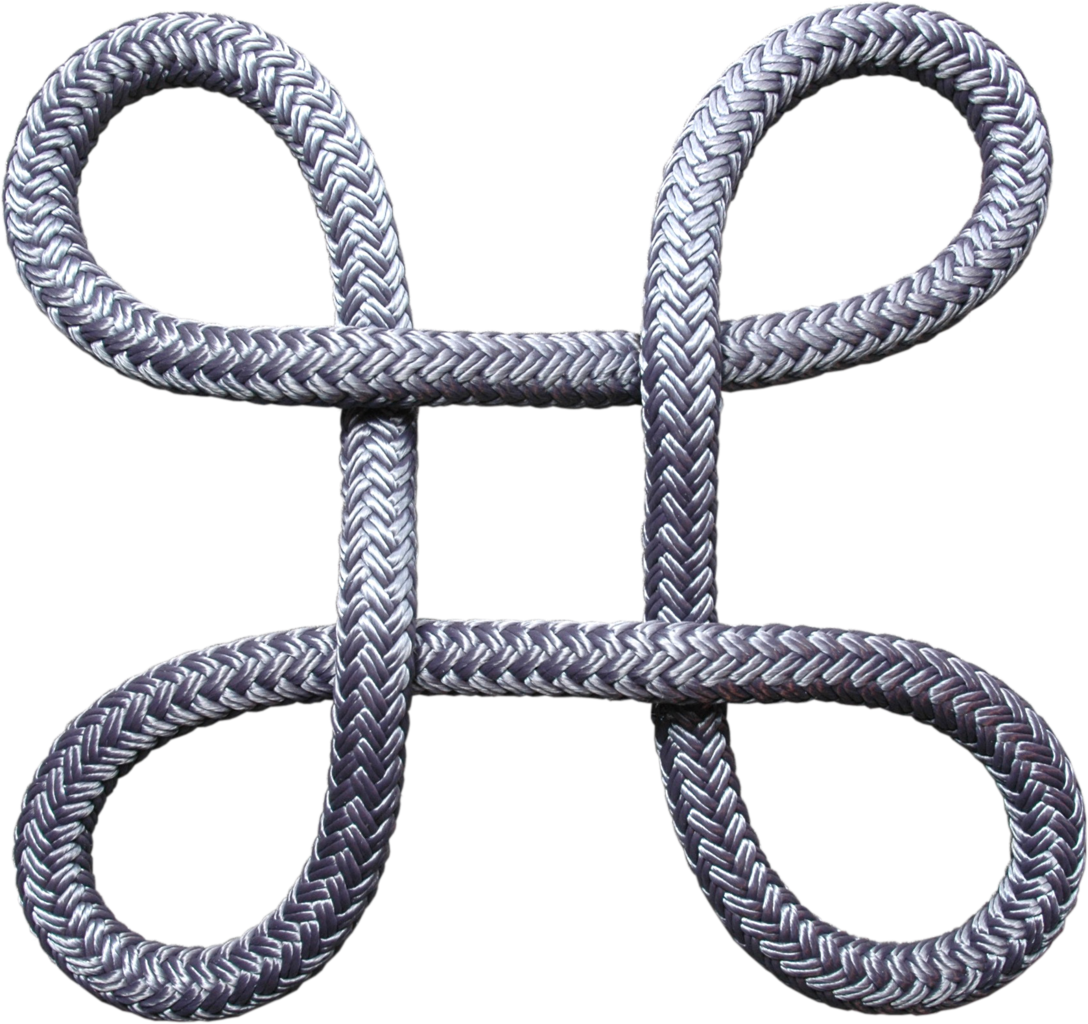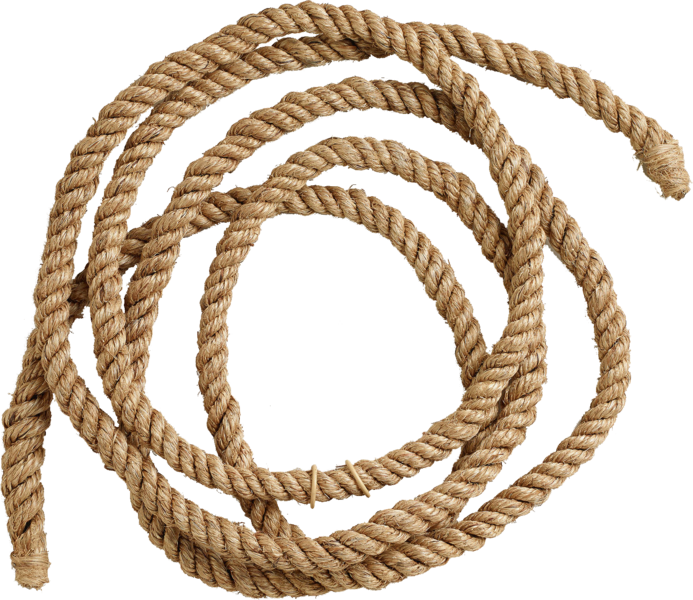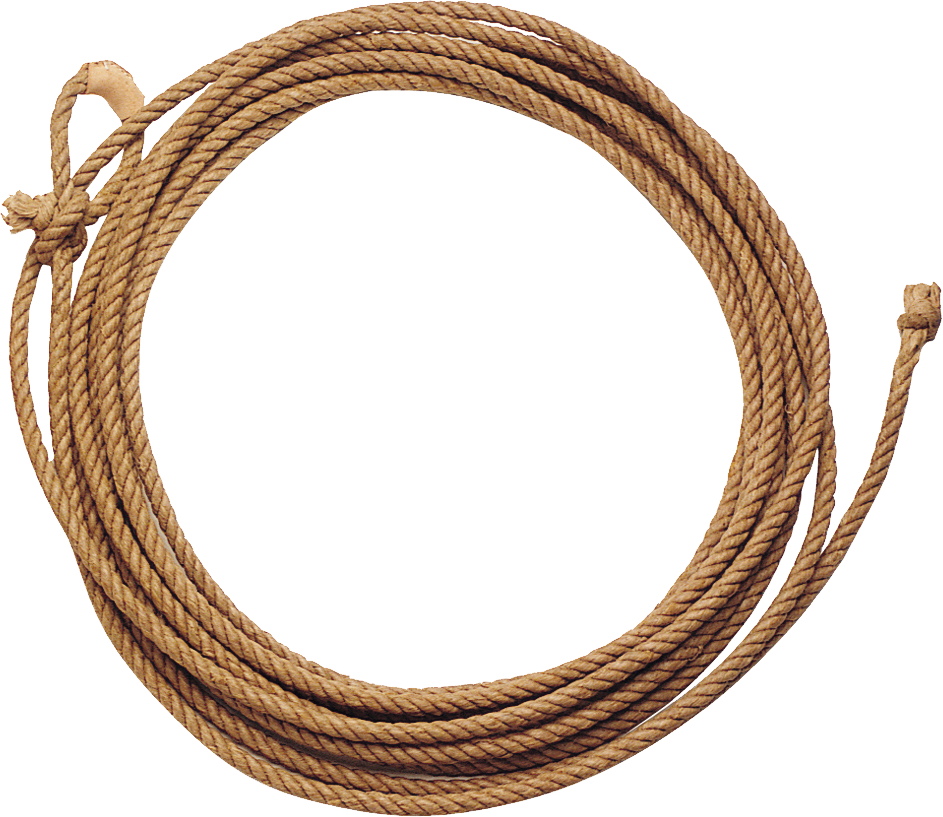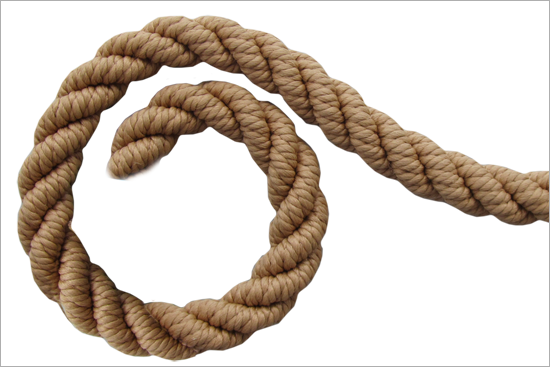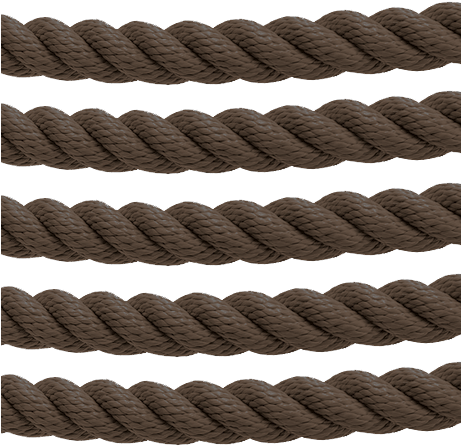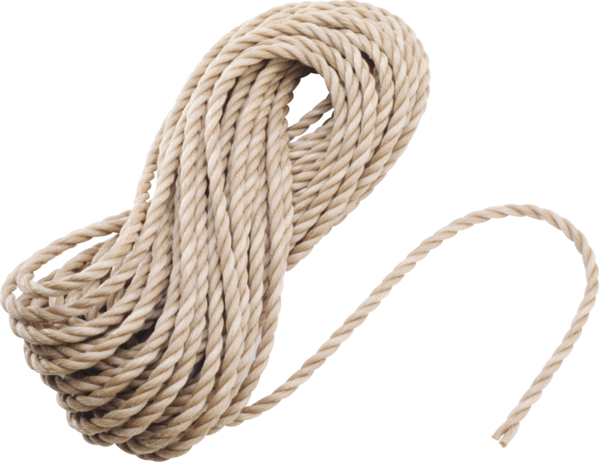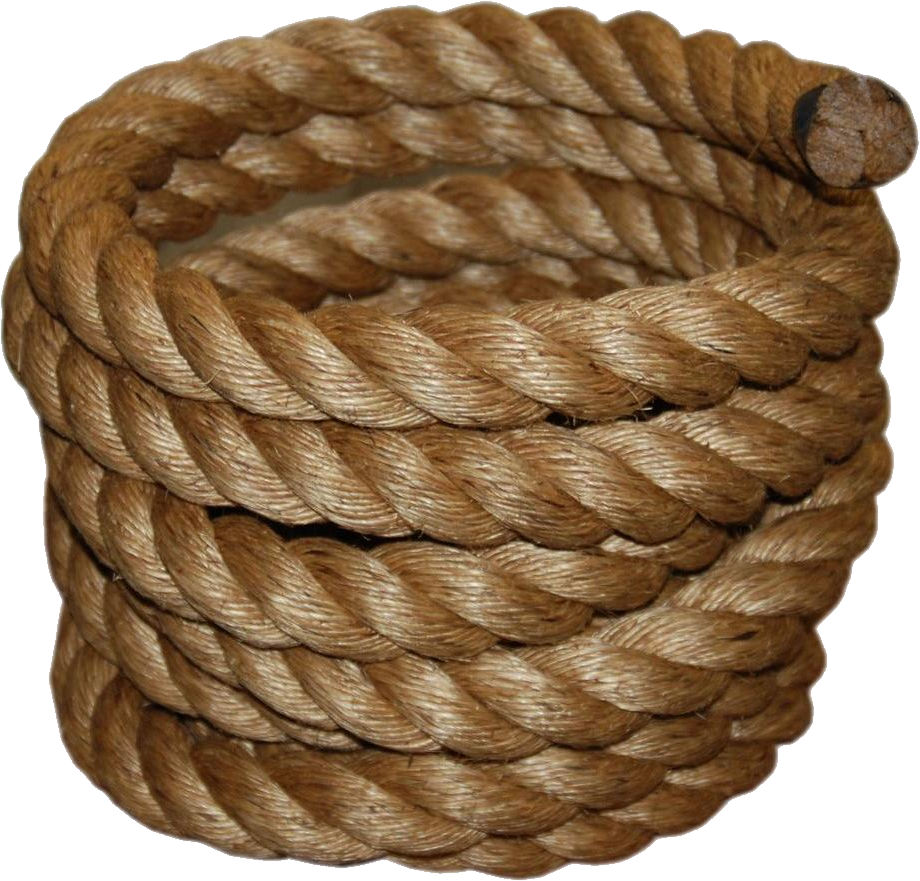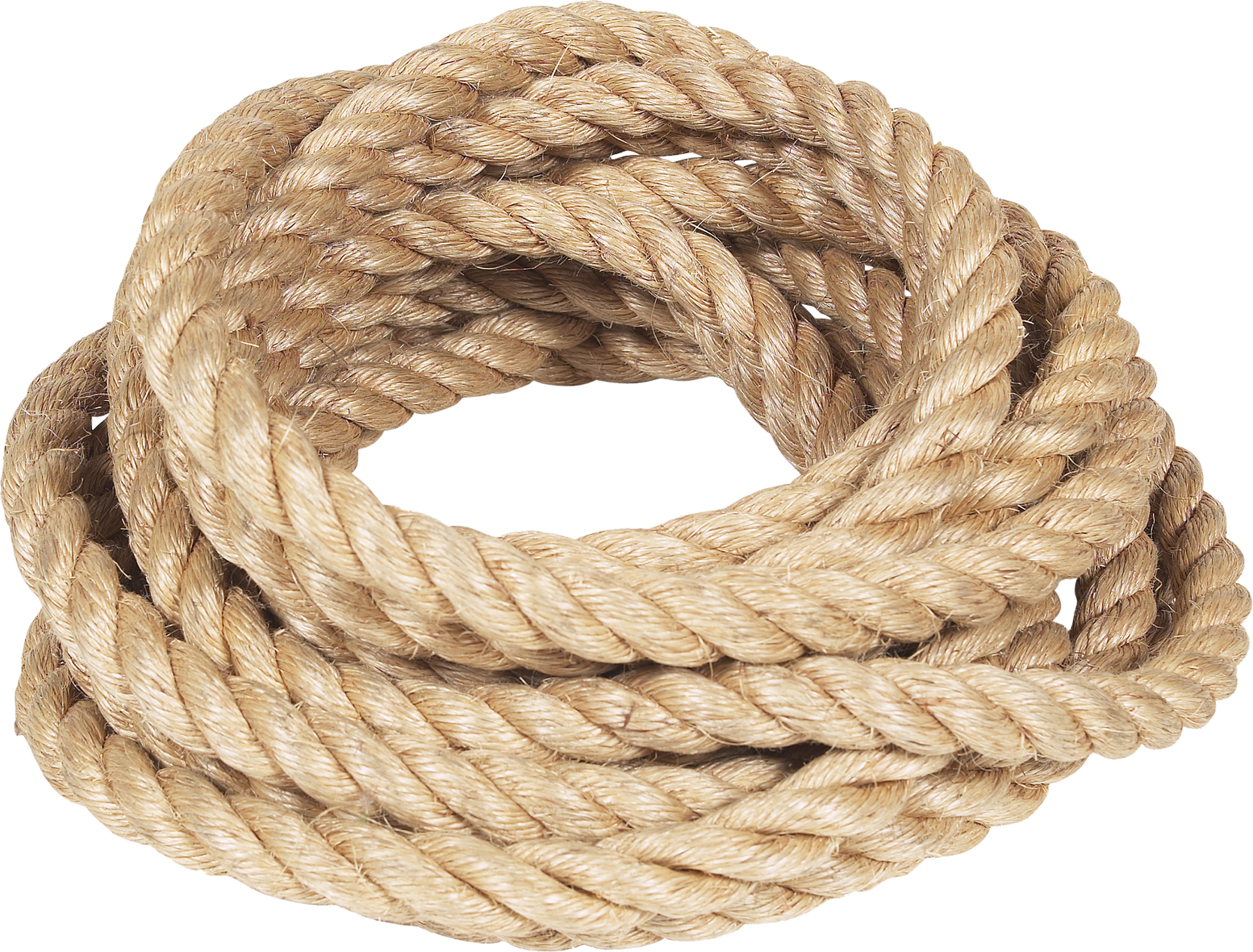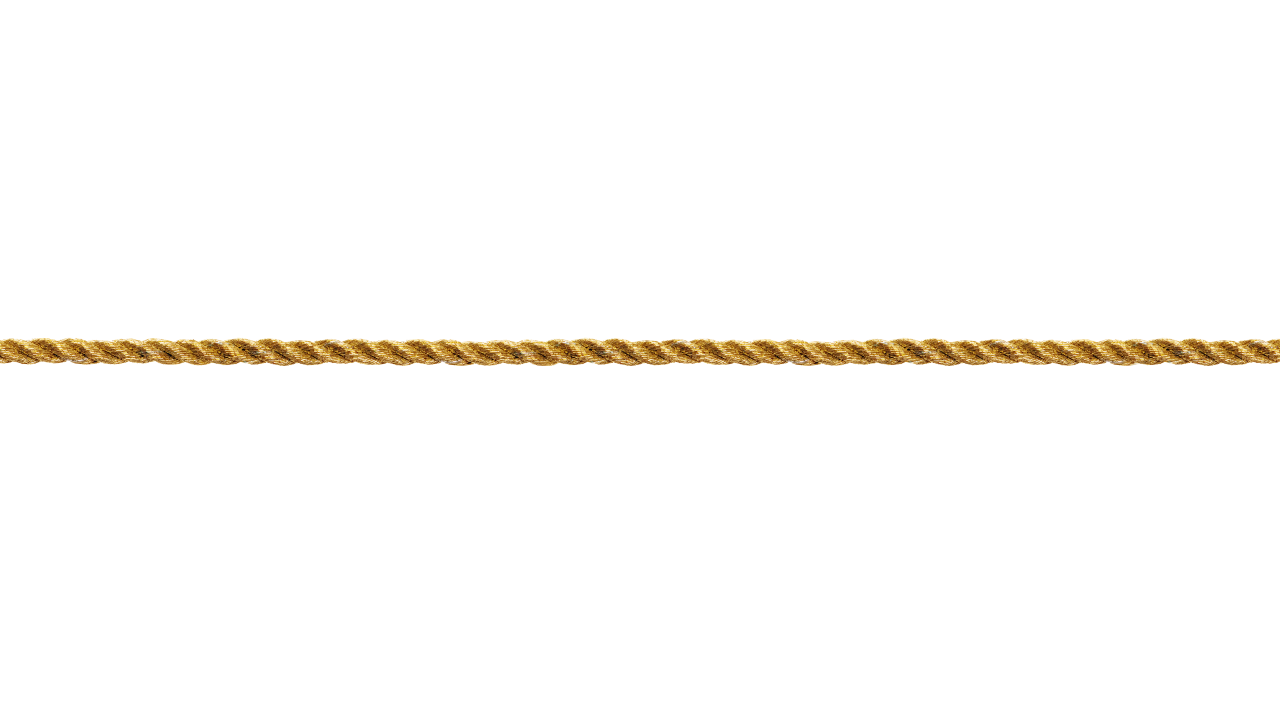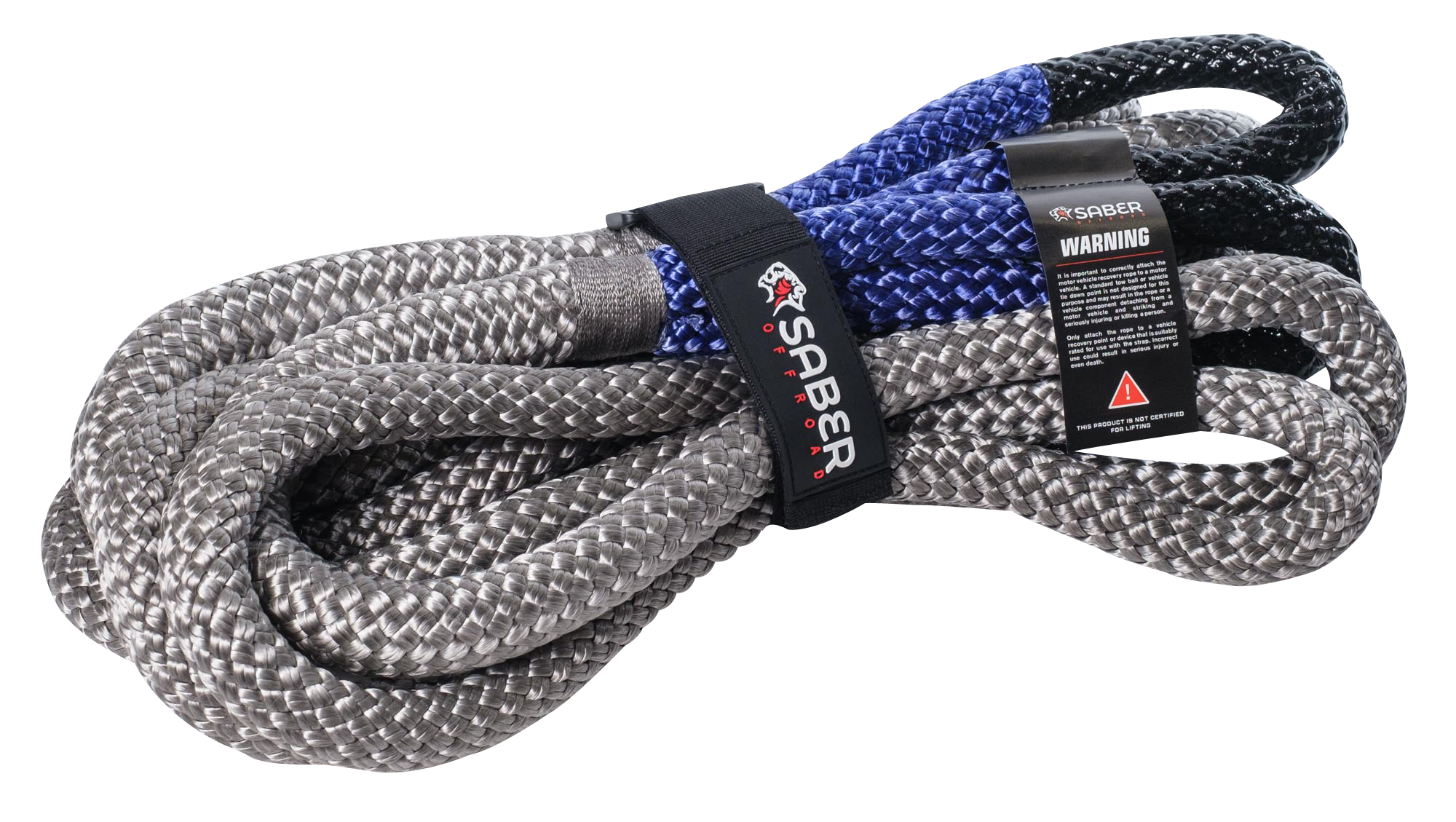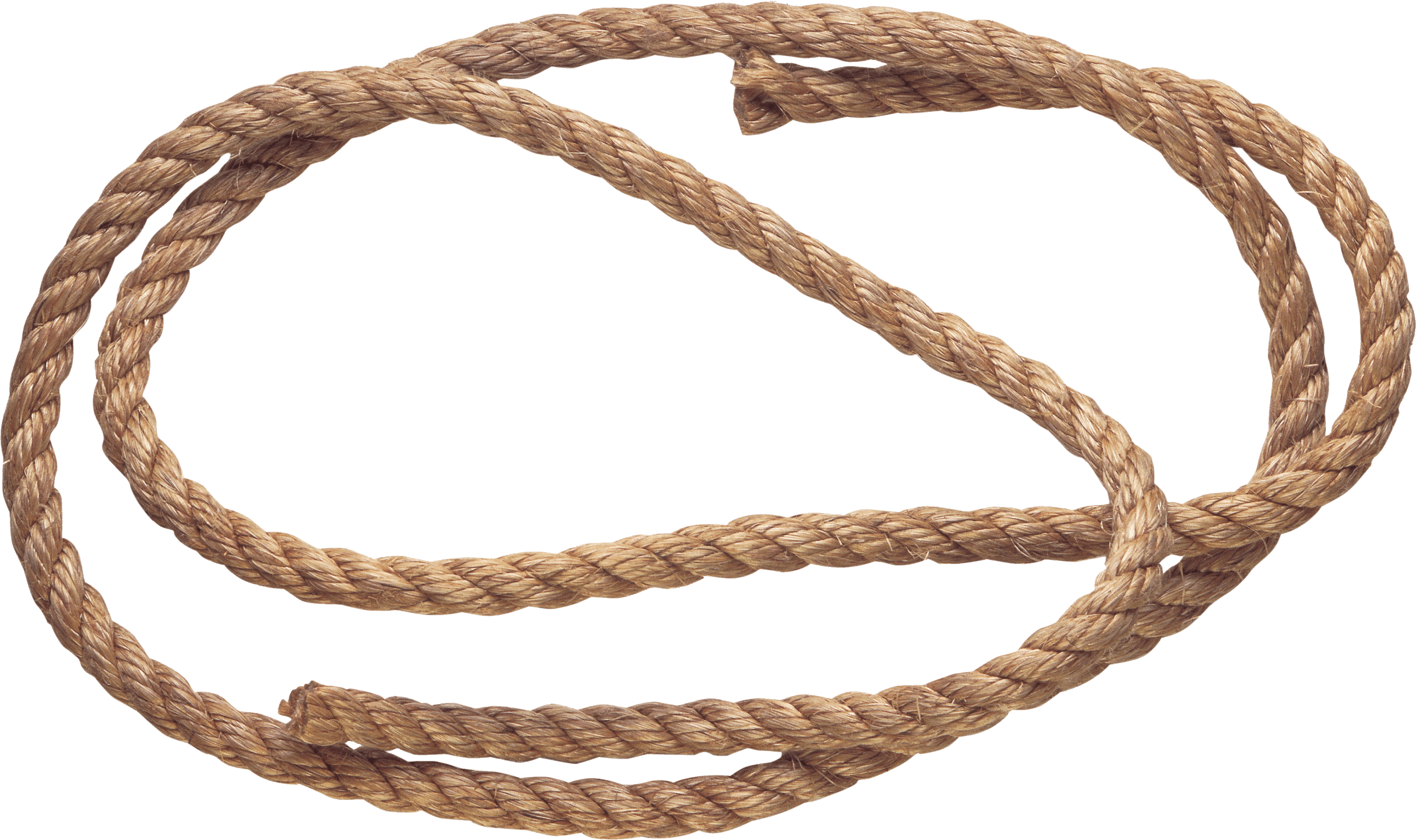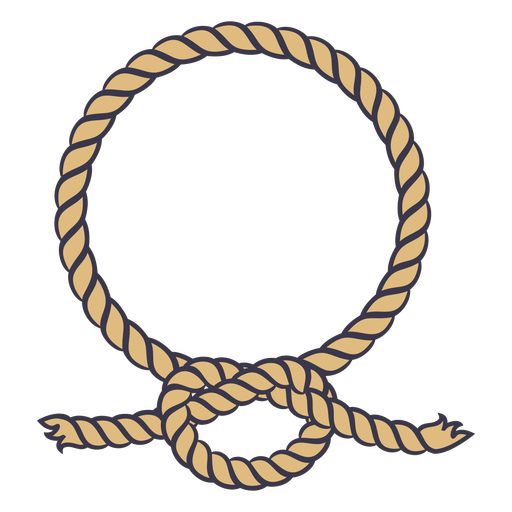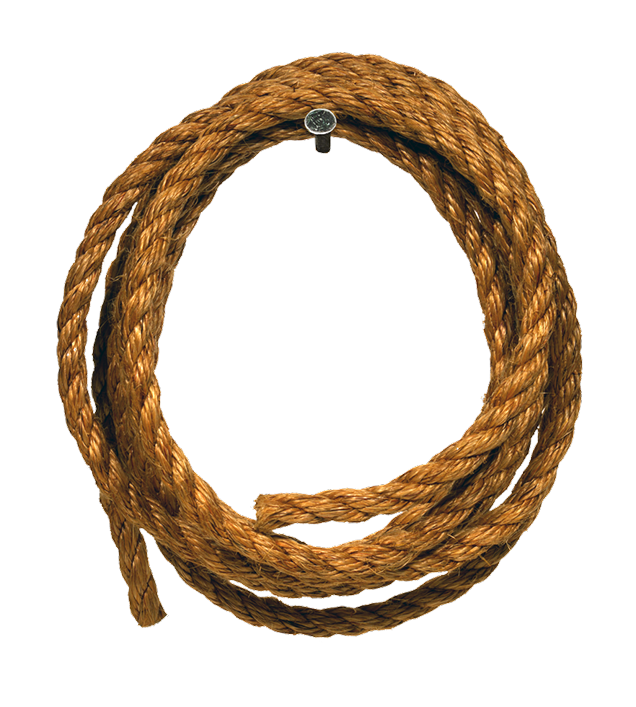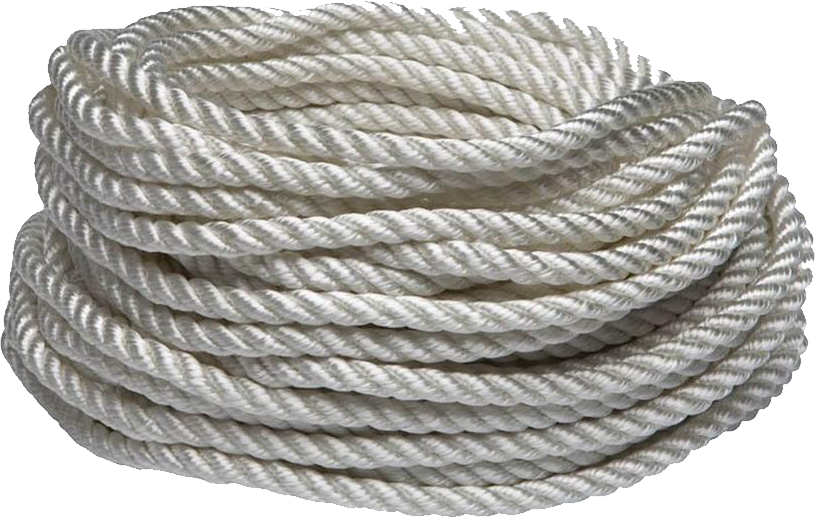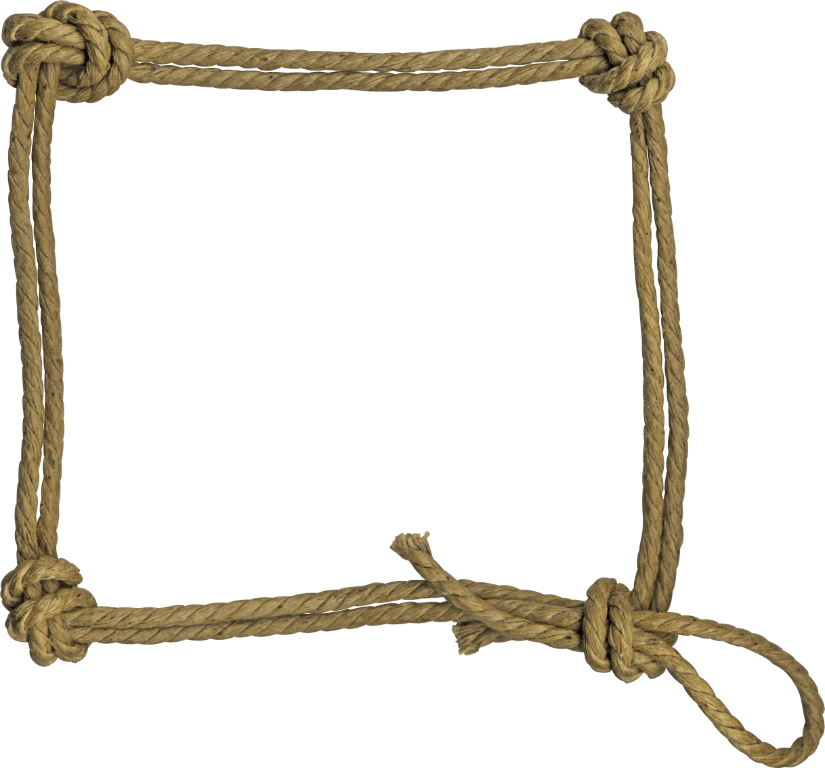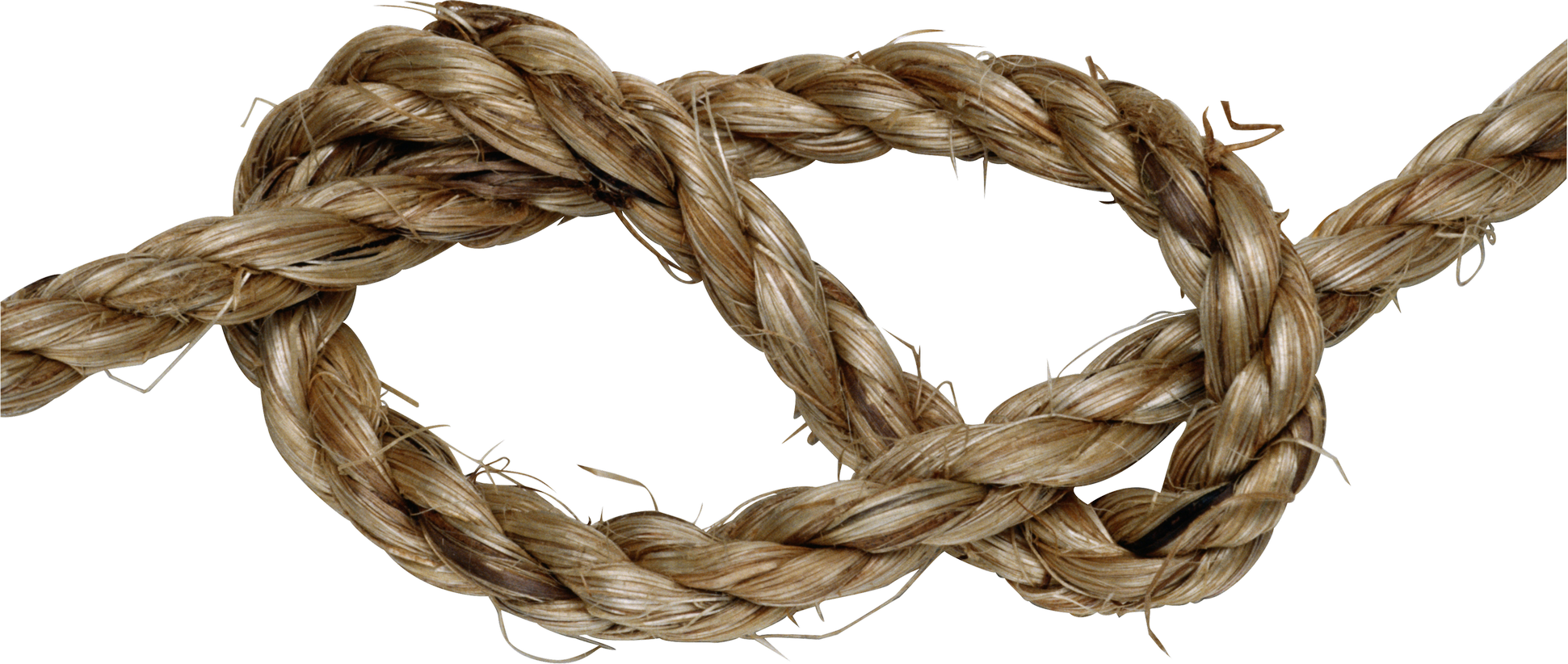Download top and best high-quality free Rope PNG Transparent Images backgrounds available in various sizes. To view the full PNG size resolution click on any of the below image thumbnail.
License Info: Creative Commons 4.0 BY-NC
A rope is a twisted or braided collection of yarns, plies, fibers, or strands that have been twisted or braided together to produce a bigger and stronger structure. Ropes may be used for dragging and pulling since they have tensile strength. Rope is thicker and more durable than cord, thread, and twine of similar construction.
Rope can be made of any long, stringy, fibrous material, although it is most commonly made of natural or synthetic fibers. Synthetic fiber ropes are much stronger than natural fiber ropes, have a greater tensile strength, are more resistant to rotting, and can be manufactured to float on water. However, synthetic rope has certain drawbacks, such as slipping, and some can be destroyed more quickly by UV radiation.
Manila hemp, hemp, linen, cotton, coir, jute, straw, and sisal are all common natural fibers for rope. Polypropylene, nylon, polyesters (e.g. PET, LCP, Vectran), polyethylene (e.g. Dyneema and Spectra), Aramids (e.g. Twaron, Technora, and Kevlar), and acrylics are some of the synthetic fibres used in rope manufacturing (e.g. Dralon). Some ropes are made up of a combination of fibers or employ co-polymer fibers. Steel or other metal alloys are used to make wire rope. Other fibrous materials, such as silk, wool, and hair, have been used to make ropes, but they are not widely accessible. Rayon is a regenerated fiber that is used in the production of ornamental rope.
The twist of the strands in a twisted or braided rope assists to hold the rope together as well as distribute strain more equally across the individual strands. The shortest strand(s) would always support a considerably larger proportion of the overall load if the rope was not twisted.
Many techniques have been used to describe the size of a rope over the years since rope has such a lengthy history. Large ropes exceeding 1 inch (25.4 mm) diameter ” such as those used on ships ” are measured by their circumference in inches in systems that employ the inch (Imperial and US customary measuring systems); smaller ropes have a notional diameter based on the circumference divided by three (as a rough approximation of pi).
The nominal diameter is provided in millimetres in the metric method of measurement. The mass per unit length, in kilos per metre, is the current recommended international standard for rope sizes. Despite the fact that most sources use metric measurements, big ropes may still be given a “rope number,” which indicates the circumference in inches.
Since prehistoric times, rope has been utilized. It is critical in a variety of disciplines, including building, shipping, exploration, sports, theater, and communications. To tie ropes, connect ropes, and use rope to produce mechanical advantage, a variety of knots have been invented. Pulleys can reroute a rope’s pulling force, double its lifting or pulling strength, and disperse a load across various portions of the same rope to enhance safety and reduce wear.
Download Rope PNG images transparent gallery.
- Rope PNG Images
Resolution: 600 × 465
Size: 227 KB
Image Format: .png
Download
- Rope PNG Photo
Resolution: 887 × 846
Size: 965 KB
Image Format: .png
Download
- Rope PNG Photos
Resolution: 850 × 368
Size: 262 KB
Image Format: .png
Download
- Rope PNG Pic
Resolution: 1088 × 1024
Size: 1112 KB
Image Format: .png
Download
- Rope PNG Picture
Resolution: 693 × 600
Size: 657 KB
Image Format: .png
Download
- Rope PNG
Resolution: 943 × 817
Size: 691 KB
Image Format: .png
Download
- Rope Transparent
Resolution: 550 × 367
Size: 184 KB
Image Format: .png
Download
- Rope
Resolution: 461 × 446
Size: 251 KB
Image Format: .png
Download
- Rope Background PNG
Resolution: 599 × 462
Size: 283 KB
Image Format: .png
Download
- Rope No Background
Resolution: 920 × 881
Size: 1123 KB
Image Format: .png
Download
- Rope PNG Background
Resolution: 1553 × 1180
Size: 3236 KB
Image Format: .png
Download
- Rope PNG Clipart
Resolution: 1280 × 720
Size: 103 KB
Image Format: .png
Download
- Rope PNG Cutout
Resolution: 1600 × 2567
Size: 207 KB
Image Format: .png
Download
- Rope PNG File
Resolution: 2000 × 1129
Size: 1872 KB
Image Format: .png
Download
- Rope PNG Free Image
Resolution: 3503 × 2078
Size: 2153 KB
Image Format: .png
Download
- Rope PNG HD Image
Resolution: 512 × 512
Size: 111 KB
Image Format: .png
Download
- Rope PNG Image File
Resolution: 636 × 707
Size: 451 KB
Image Format: .png
Download
- Rope PNG Image HD
Resolution: 815 × 518
Size: 596 KB
Image Format: .png
Download
- Rope PNG Image
Resolution: 825 × 768
Size: 125 KB
Image Format: .png
Download
- Rope PNG Images HD
Resolution: 1941 × 822
Size: 1748 KB
Image Format: .png
Download
